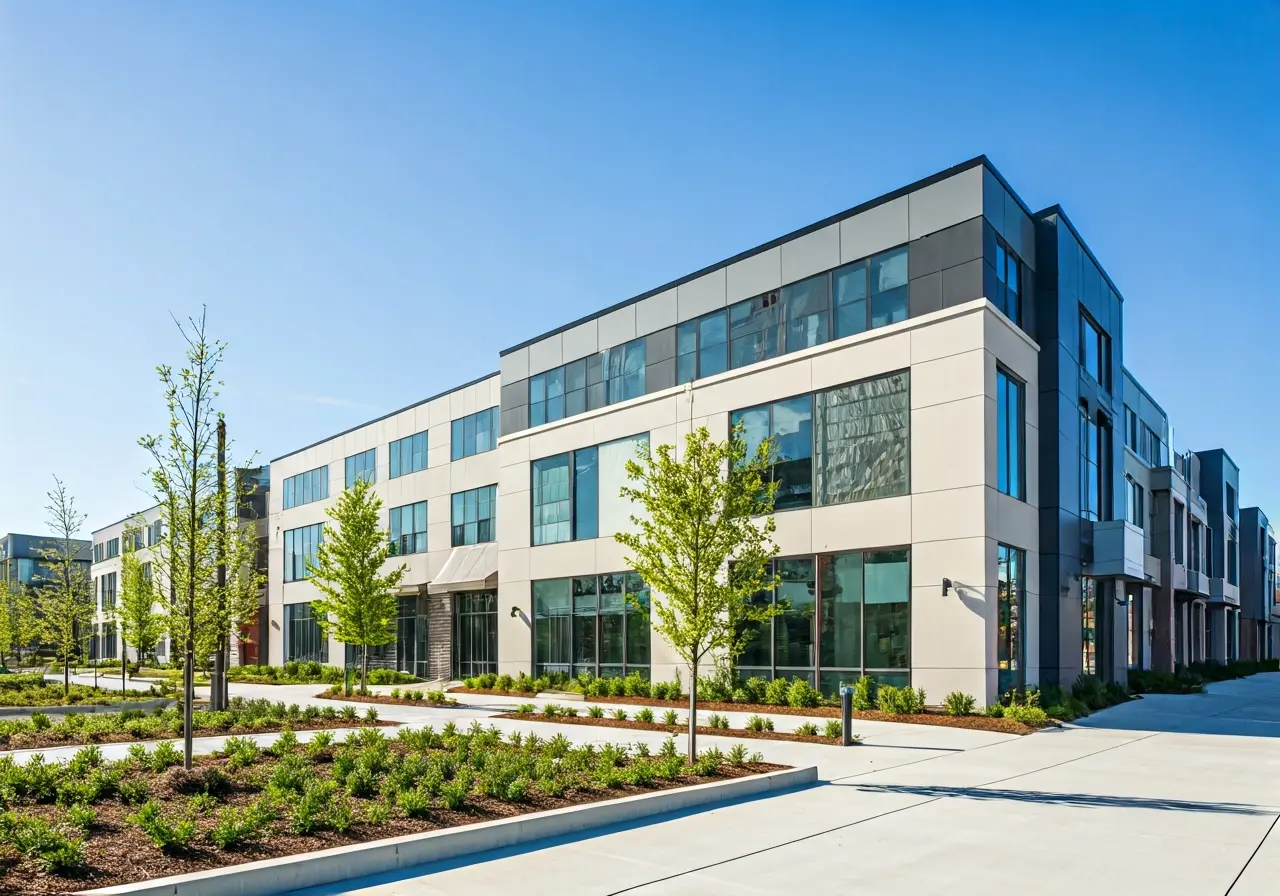Virtual value cuts both ways in the highly competitive apartment sector with developers having to navigate its labor, amenity and service effects.
Multifamily is definitely a hot sector right now, but the pandemic has triggered workforce, design and service issues that could slow momentum if not properly addressed. For the many apartment advantages — including the continued housing shortage, rising home prices and pro-renting demographic factors, such as a consumer preference for mobility and against DIY maintenance — the industry still must adjust to COVID-19 effects and the resulting new virtual reality.
A Hire Calling
‘Show me the money’ isn’t just about high-profile sports contracts. Companies nationwide and across almost every industry are struggling to find workers, who thanks to virtual networking and the ‘work from home’ setup, can now easily plug into the global, not just local, employment market. The labor shortage means employers can’t be short on compensation.
The apartment industry is not immune to these employment dynamics, of course. The elephant in the room is pay, said Kevin Owens, division president of RPM Living, at France Media’s InterFace Multifamily Southeast conference in December just down the road from infinitee’s headquarters in Atlanta. While multifamily investment and development garner the hot headlines, companies are working overtime to hire the right people for their operations, management and leasing teams — and then retain them.
And it’s not all about the dollar bills. Employees need to feel comfortable, appreciated, stimulated and primed for success. You never get a second chance to make a first impression, which is why RPM Living has an ambassador program where each new employee is paired with a mentor. Owens told an InterFace panel that the first 90 days for a new employee are the most crucial.
“That associate is really making a decision about us as an organization during that time,” he added. “We’ve got to make sure they like us because we’re in a market where if they don’t, they can go tomorrow down the street and be somewhere else.”
Amenity Turned Necessity
Amenities have always been a big differentiator when renters are shopping for apartments, but the game is different now since the start of the pandemic. Of the challenges facing multifamily developers in the last two years, perhaps none tops “the supercharged need for connectivity in their properties,” Bisnow reports, given the substantial work-from-home need for renters.
“Our members rightly acknowledge that connectivity is no longer an amenity,” said Kevin Donnelly, vice president of government affairs at National Multifamily Housing Council.
According to one research firm, apartment builder interest in managed high-speed Internet grew from 5 percent of new luxury developments in 2018 to 80 percent in early 2021.
Leasing’s New Normal
Everybody knows that the shift to virtual leasing during COVID-19 helped keep things safe and convenient for prospective apartment renters. Now that business has returned closer to normal versatility and value can be achieved on both sides of leasing. It does, however, require more from an apartment development’s customer service team and offerings.
“These days I think it’s more important that our teams are even more adept at customer service because not only are we meeting, greeting and working with customers at the door or in our communities, we’re also doing it much more online via chat,” said Owens.
The apartment sector certainly can boast of more gains than growing pains. Yet, the challenges that are the tight labor market, service demands and the new age of virtual leasing can prevent multifamily companies from maximizing growth. Whether a new project or partnership or an industry challenge, take it on with a marketing partner that combines a ‘limitless possibilities’ mentality and a commitment to high-impact strategies and innovative tactics.

.jpg)
